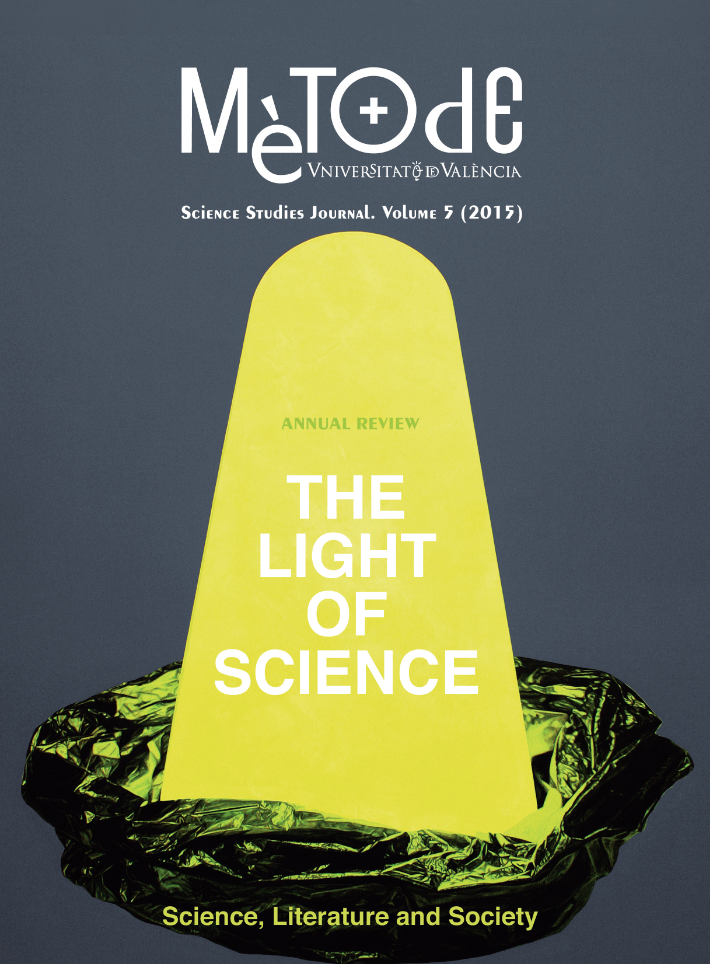Symptoms, signs and statistics: Statistics applied to the health and life sciences
DOI:
https://doi.org/10.7203/metode.0.3828Keywords:
biostatistics, health and life sciences, clinical trials, epidemiology, survival Abstract
Abstract
Experimental determination or detection of the physiological mechanisms underlying disease is by and large a highly complex task. This fact has turned epidemiology into the main tool for generating knowledge in the medical field. Epidemiology studies diseases by monitoring the health of groups of people, rather than through individual observations. If the primary tool for generating medical knowledge is based on the observation of groups of people (population samples) from which we wish to learn (make inferences), then the link between statistics and medicine is clear. Here we illustrate this nexus presenting three statistical research areas that are particularly valuable for biomedical research.
 Downloads
Downloads
 References
References
Aalen, O. O.; Borgan, Ø. and H. K. Gjessing, 2008. Survival and Event History Analysis: A Process Point of View. Springer. New York.
Besag, J.; York, J. and A. Mollié, 1991. «Bayesian Image Restoration, with Two Applications in Spatial Statistics». Annals of the Institute of Statistical Mathematics, 43(1): 1-20. DOI: <10.1007/BF00116466>.
Cook, T. D. and D. L. DeMets, 2008. Introduction to Statistical Methods for Clinical Trials. Chapman & Hall/CRC. Boca Raton, USA.
Diggle, P. J.; Heagerty, P. J.; Liang, K.-Y. and S. Zeger, 2002. Analysis of Longitudinal Data. Oxford University Press.
Oxford. Holland, P. W., 1986. «Statistics and Causal Inference». Journal of the American Statistical Association, 81(396): 945-960. DOI: <10.2307/2289064>.
Matthews, J. N. S., 2006. Introduction to Randomized Controlled Clinical Trials. Chapman & Hall/CRC. Boca Raton, USA.
Rubin, D. B., 1974. «Estimating Causal Effects of Treatments in Randomized and Non-Randomized Studies». Journal of Educational Psychology, 66 (5): 688-701. DOI: <10.1037/h0037350>.
Published
How to Cite
-
Abstract1155
-
PDF (Català)337
-
PDF (Español)168
-
PDF132
Issue
Section
License
![]()
All the documents in the OJS platform are open access and property of their respective authors.
Authors publishing in the journal agree to the following terms:
- Authors keep the rights and guarantee Metode Science Studies Journal the right to be the first publication of the document, licensed under a Creative Commons Attribution-NonCommercial-NoDerivatives 4.0 International License that allows others to share the work with an acknowledgement of authorship and publication in the journal.
- Authors are allowed and encouraged to spread their work through electronic means using personal or institutional websites (institutional open archives, personal websites or professional and academic networks profiles) once the text has been published.






